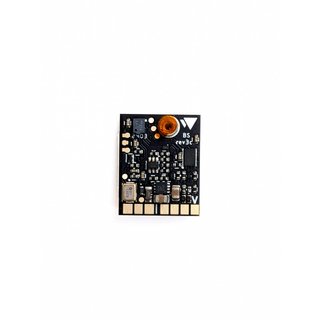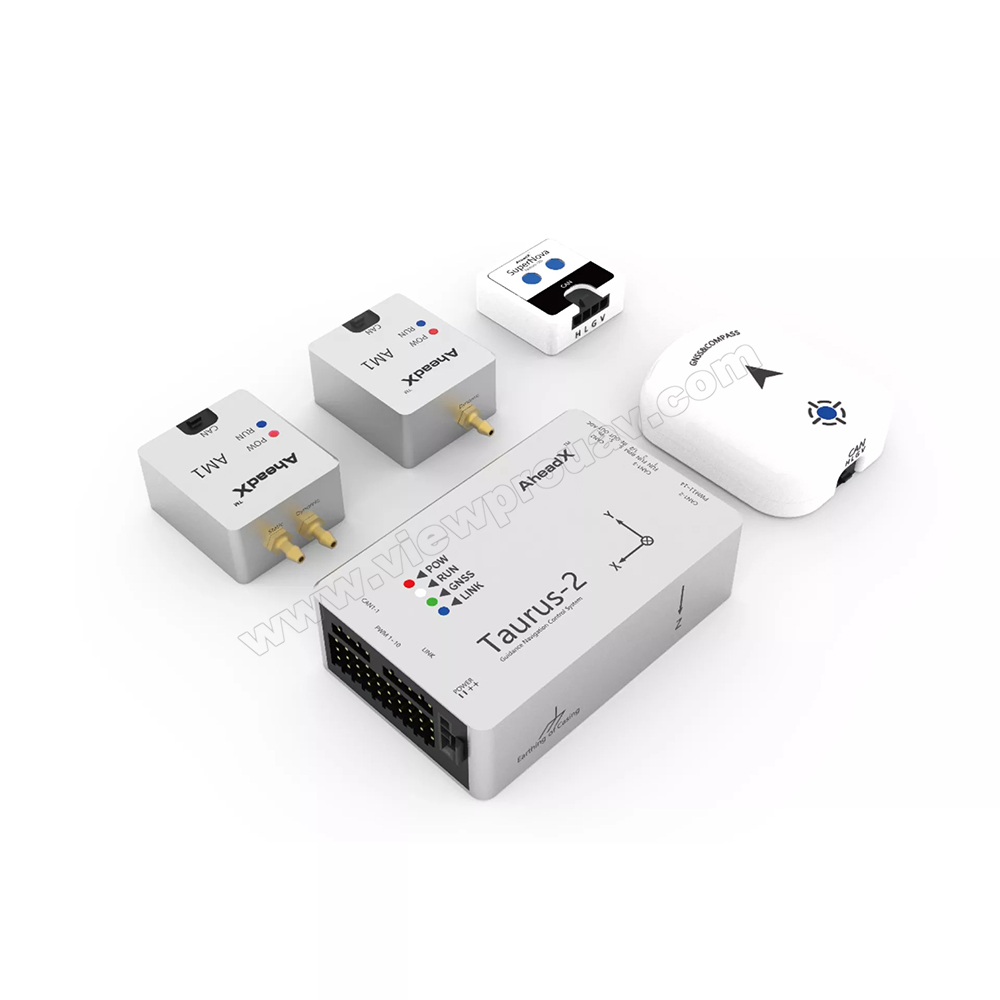SparkNavi Drone Flight Controller and GNSS/INS Made in Taiwan: Accuracy and Advancement
SparkNavi Drone Flight Controller and GNSS/INS Made in Taiwan: Accuracy and Advancement
Blog Article
Comprehending the Crucial Attributes and Functions of a Drone Trip Controller for Optimal Aerial Efficiency
The flight controller serves as the essential part in a drone's style, coordinating its motions and ensuring security with a sophisticated interplay of sensors and data processing. Comprehending the crucial functions and features of these controllers is important for making best use of airborne performance, as they dictate not only navigational precision but also overall security and dependability. With innovations in modern technology, the landscape of flight controllers is rapidly progressing, triggering a closer examination of what absolutely specifies optimal performance in this essential system. What implications do these advancements hold for both lovers and specialists in the field?
Review of Flight Controllers
When discovering the world of drone innovation, understanding trip controllers is necessary for both hobbyists and specialists alike. Flight controllers offer as the brain of the drone, orchestrating its activities and making certain security throughout flight (SparkNavi drone flight controller and GNSS/INS made in taiwan). They process information from various sensing units, consisting of gyroscopes, accelerometers, and barometers, to maintain balance and reply to pilot inputs properly
The design of trip controllers can vary considerably, ranging from standard variations created for entry-level drones to advanced systems geared up with advanced features for specialist applications. The combination of GPS capacities allows specific navigating and positioning, while programmable firmware enables users to tailor trip attributes to match their specific needs.
Additionally, trip controllers are pivotal in helping with interaction in between the drone and the remote, enabling real-time changes and telemetry data transmission. Comprehending the different sorts of flight controllers, consisting of multi-rotor, fixed-wing, and hybrid systems, is critical for choosing the ideal model for an offered application. Eventually, a thorough grasp of trip controllers not only enhances the flying experience but also takes full advantage of the efficiency and safety of drone procedures.
Key Features of Trip Controllers
Flight controllers play a crucial function in handling a drone's flight characteristics by performing several key features that make certain security and responsiveness. One of the primary features is the stabilization of the drone's orientation and altitude. This is achieved via the integration of numerous sensors, consisting of accelerometers, barometers, and gyroscopes, which constantly keep an eye on the drone's placement and activity.
.png)
An additional essential function is the processing of control inputs from the pilot or self-governing systems. The trip controller analyzes these inputs and adjusts the drone's motor speeds accordingly to attain the preferred flight course. This consists of managing pitch, yaw, and roll, which are important for maneuverability.
Additionally, flight controllers are geared up with fail-safe devices. These features are developed to respond to crucial circumstances, such as low battery levels or loss of signal, by starting predefined actions like returning to the launch point or hovering in position.

Necessary Functions to Take Into Consideration
When choosing a drone trip controller to guarantee ideal efficiency and dependability,Countless vital features need to be taken into account. One important element is the controller's processing power, which establishes its capability to handle intricate trip formulas and real-time information processing. A higher processing ability boosts responsiveness and stability during trip.
One more important attribute is the number of supported trip settings. A versatile trip controller should use different modes, consisting of acro, elevation hold, and GPS-assisted modes, catering to various pilot ability levels and operational circumstances. Furthermore, the presence of integrated safety and security functions, such as fail-safes and geofencing, can dramatically enhance operational safety and security.
Compatibility with different interaction methods is also important, as it makes sure smooth assimilation with various other gadgets and peripherals, such as remote controllers and telemetry systems. In addition, the controller's firmware should be straightforward and routinely upgraded to include new functions and optimizations.
Combination With Sensing Units and Equipments
A trip controller's performance is heavily influenced by its ability to incorporate with different sensing units and systems. This assimilation is crucial as it allows the trip controller to receive real-time data needed for reliable flight monitoring. Key sensing units consist of GPS, inertial dimension systems (IMUs), barometers, and magnetometers, each offering crucial details pertaining to the drone's setting, alignment, and elevation.

Additionally, advanced trip controllers sustain integration with haul systems, including video cameras and other sensors, allowing boosted functionalities such as self-governing navigating and barrier evasion. This interconnectedness not just improves the drone's operational abilities but likewise expands its application prospective across various industries, from airborne digital photography to farming tracking. Thus, a well-integrated trip controller is fundamental for attaining optimal airborne performance and making sure the reliability of drone procedures.
Tips for Optimizing Performance
To make best use of view the efficiency of your drone, a number of essential strategies can be employed that emphasis on enhancing both software and hardware parts. First, ensure that the flight controller firmware is up to date. Suppliers often release updates that boost stability, enhance performance, and take care of insects. On a regular basis examining for these updates can dramatically influence your drone's efficiency.
Proper calibration lessens drift and boosts flight security, especially during complex maneuvers. Premium props can reduce drag and increase flight time.
Moreover, maximize your drone's weight by reducing unnecessary hauls. A lighter drone not just executes better however additionally prolongs battery life. Tweak your trip settings, consisting of PID (Proportional, Important, Acquired) worths, to accomplish smooth and receptive handling. By applying these strategies, drone drivers can significantly enhance aerial performance, resulting in a more effective and pleasurable flying experience.
Final Thought
To conclude, an extensive understanding of drone trip controllers is essential for improving airborne efficiency. The assimilation of vital features and key features, including handling power and security mechanisms, straight influences the stability and ability to move of drones. Reliable interaction with numerous sensing units and systems plays an essential duty in attaining exact navigating and functional efficiency. By focusing on these components, operators can dramatically boost the efficiency and dependability of their you could try here drone systems in diverse applications.
Flight controllers serve as the mind of the drone, orchestrating its motions and making certain stability during trip.Trip controllers play a critical function in taking care of a drone's flight dynamics by carrying out numerous key functions that make sure security and responsiveness. The flight controller translates these inputs and changes the drone's electric motor rates as necessary to achieve the preferred trip course.Countless essential attributes must be taken into account when picking a drone flight controller to make certain ideal efficiency and dependability. Thus, a well-integrated trip controller is essential for attaining ideal aerial performance and guaranteeing the dependability of drone operations.
Report this page